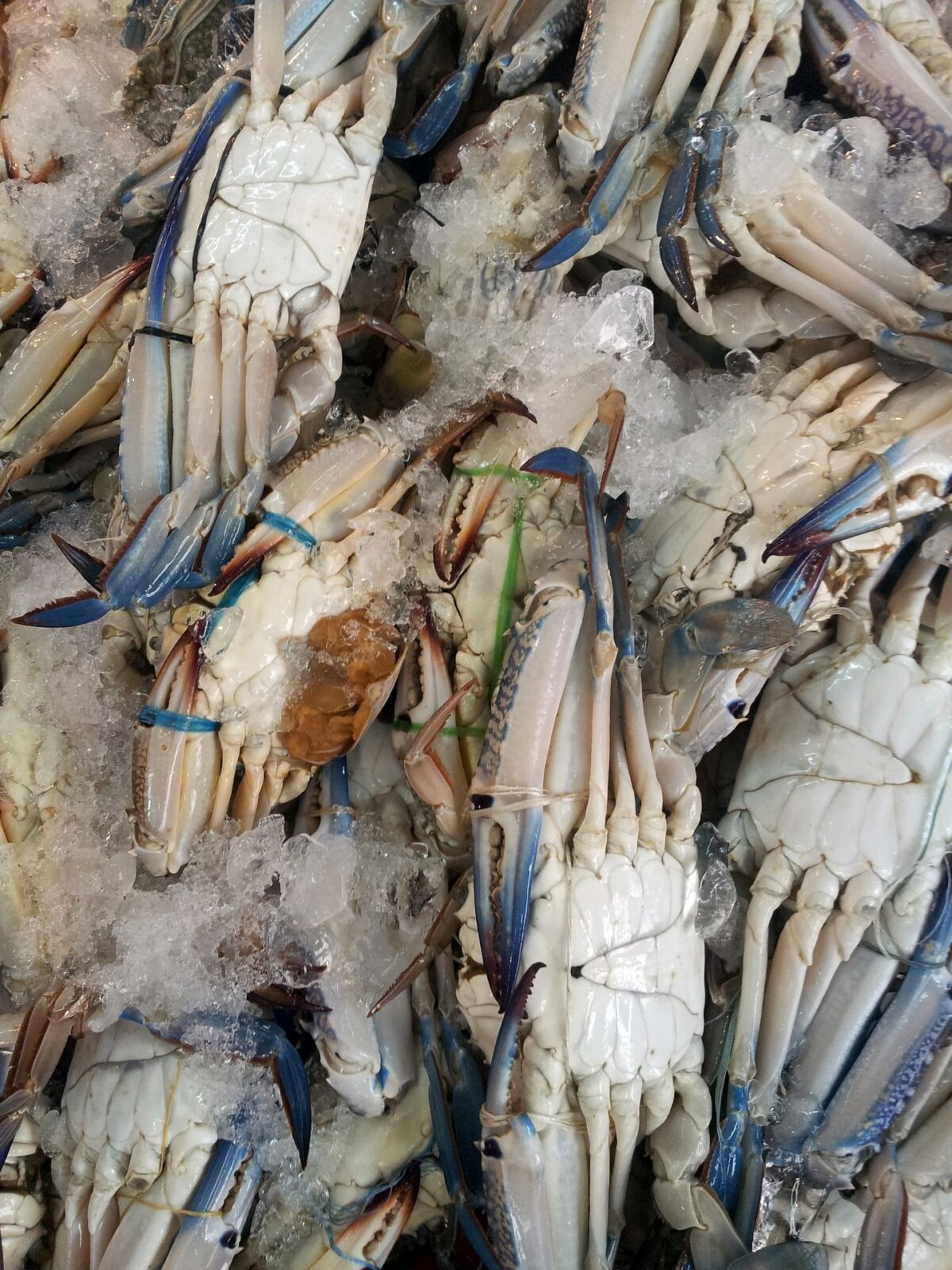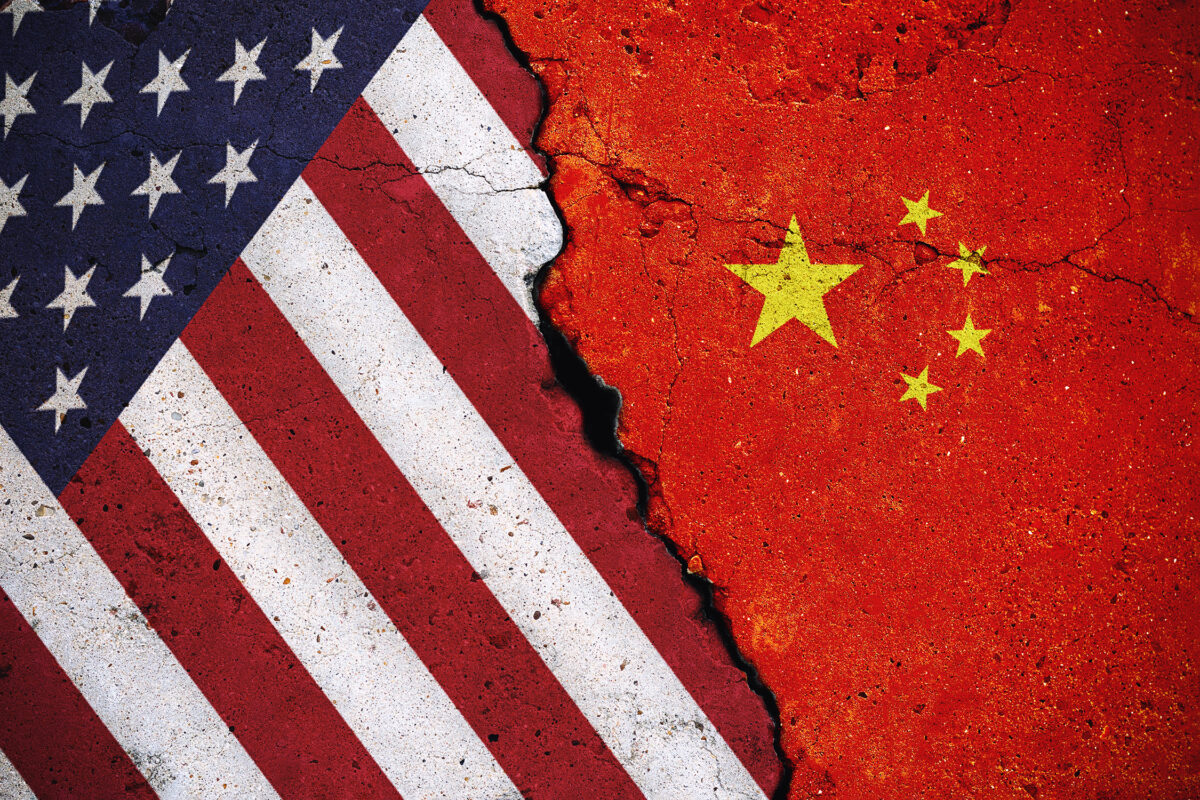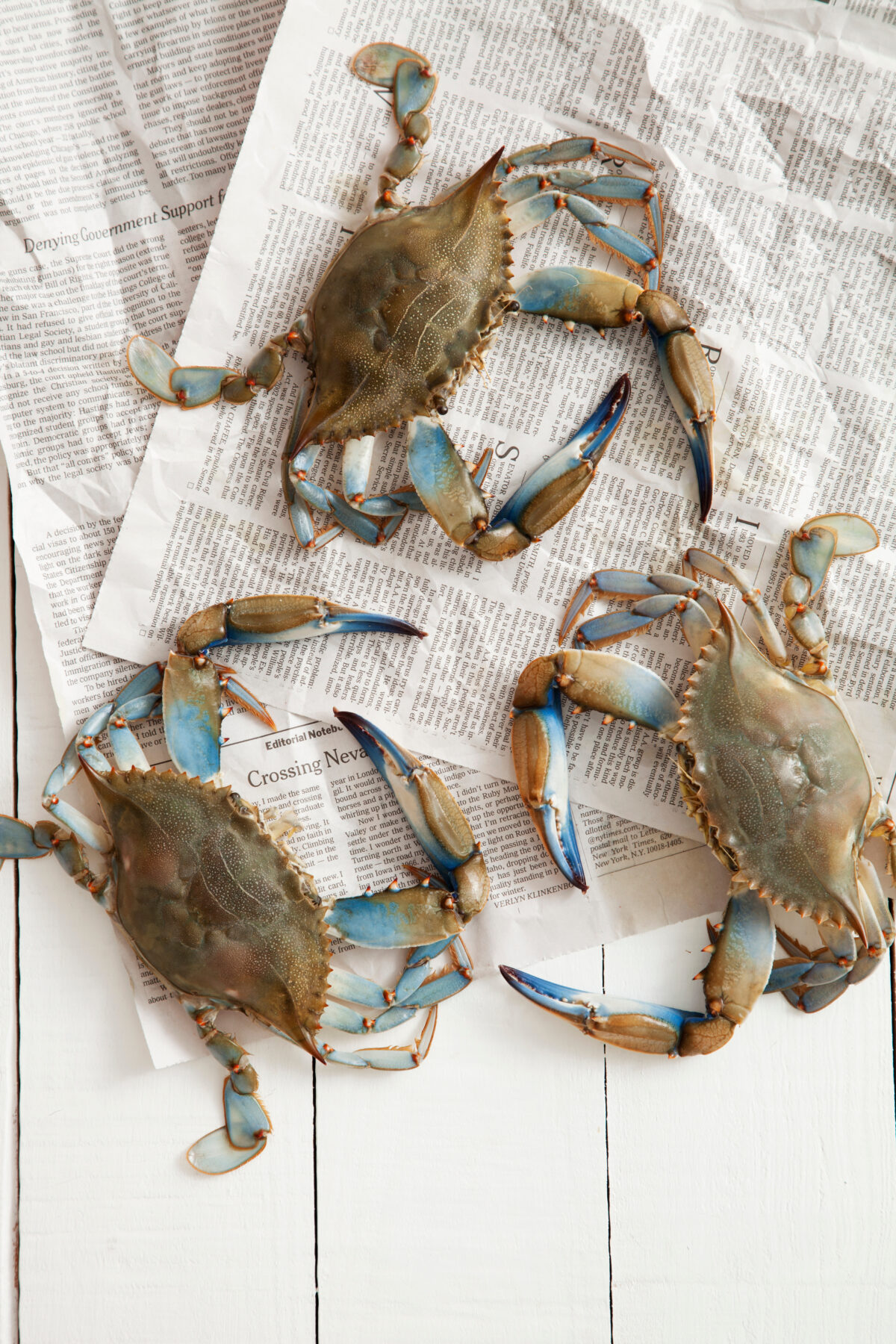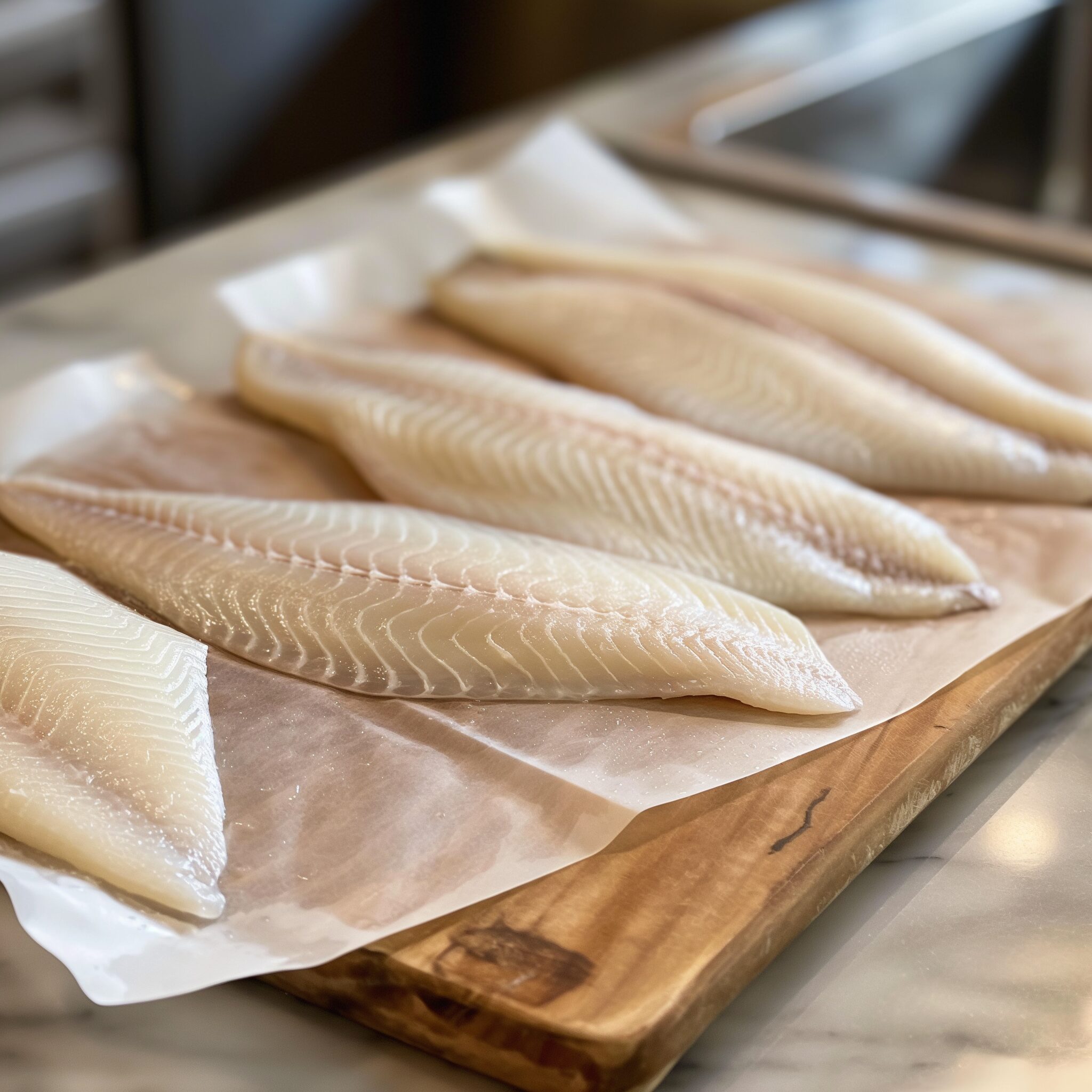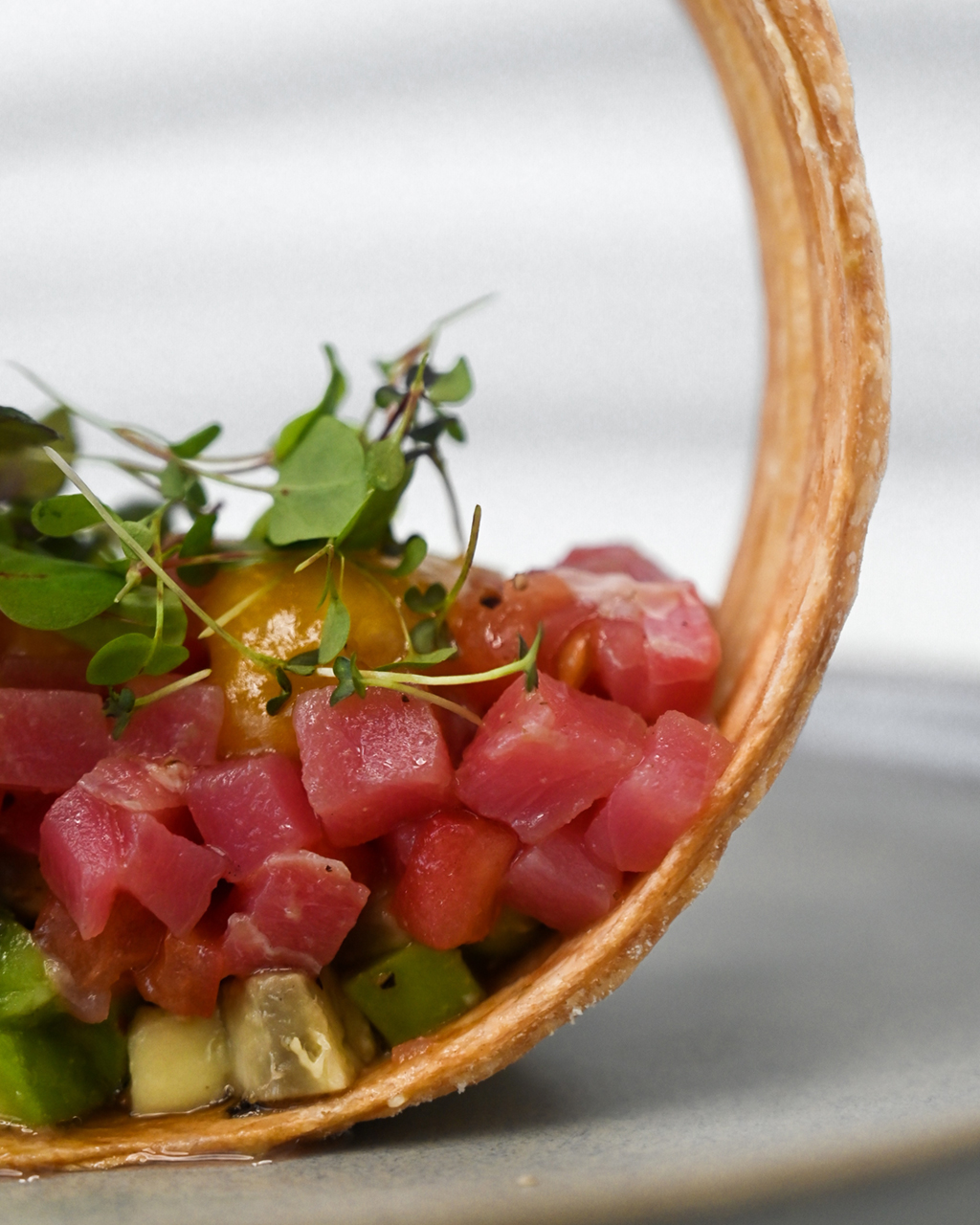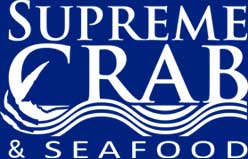On April 9, 2025, President Donald Trump announced a 90-day pause on tariffs for most nations, will be reduced to 10% tariff during this period, while simultaneously increasing tariffs on Chinese imports to 129%. This policy shift has significant implications for various sectors, notably the U.S. crab meat market.
Impact on the Crab Meat Market
The U.S. heavily relies on imported pasteurized crab meat, primarily sourced from countries in Southeast Asia, including China and Vietnam. The increased tariff on Chinese imports to 129% is expected to substantially raise the cost of crab meat from China. Vietnam, as a major exporter of red swimming crab, stands to benefit from this shift. However, the overall impact on the market will depend on how tariffs are applied to Vietnamese imports and other Southeast Asian countries.
Industry experts have expressed concerns about the potential for increased tariffs on Vietnamese crab meat. Troy Turkin, Chief Executive Officer of Supreme Crab & Seafood, highlighted the uncertainty, stating, “Tariffs are definitely going to have an impact, but none of us can say for sure what that will look like. There’s real concern about how things will unfold with China and Vietnam, especially since they’re the only countries that produce red swimming crab.” As quoted by Seafood Source.
The 90-day tariff pause for most nations offers a temporary reprieve, potentially stabilizing prices and supply chains for crab meat imports from countries other than China. However, the long-term implications remain uncertain, as future tariff policies could alter the competitive landscape of the crab meat market.
President Trump’s recent tariff adjustments have introduced both opportunities and challenges for the U.S. crab meat market. While the 90-day tariff pause provides temporary relief for imports from most countries, the substantial increase in tariffs on Chinese imports and potential changes affecting other key suppliers like Vietnam create an environment of uncertainty. However, crab meat companies will still be required to pay the 10% tariff on imports from all countries except China, adding a new layer of cost for most international sourcing. Stakeholders in the crab meat industry must remain vigilant and adaptable to navigate the evolving trade landscape effectively and wait on the CBP announcements for further clarity.


